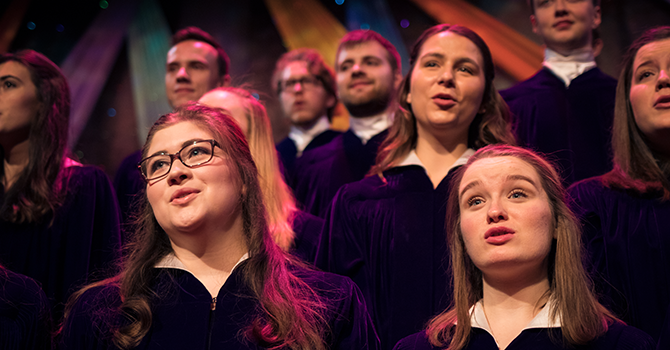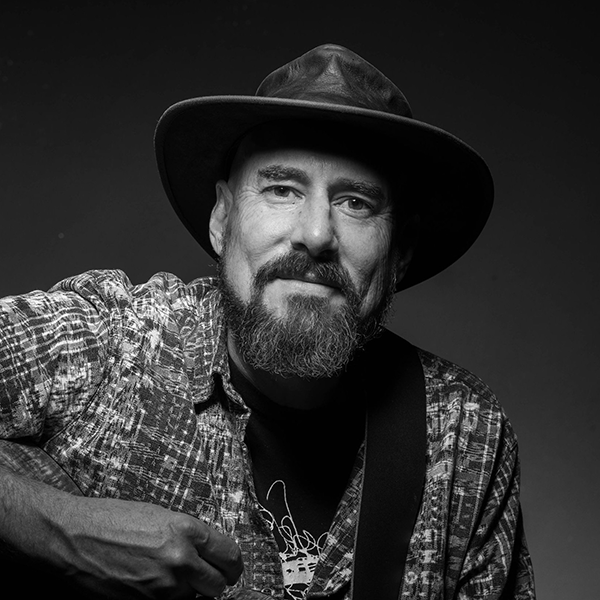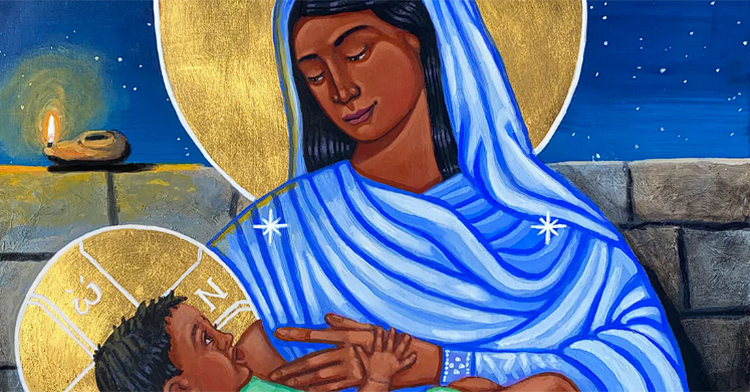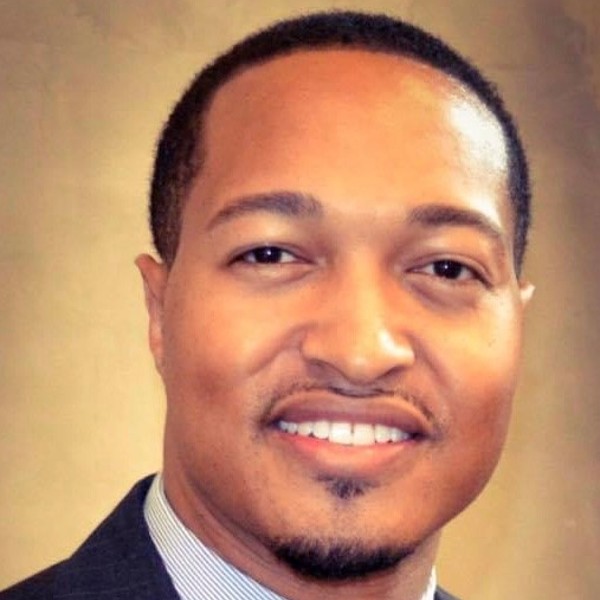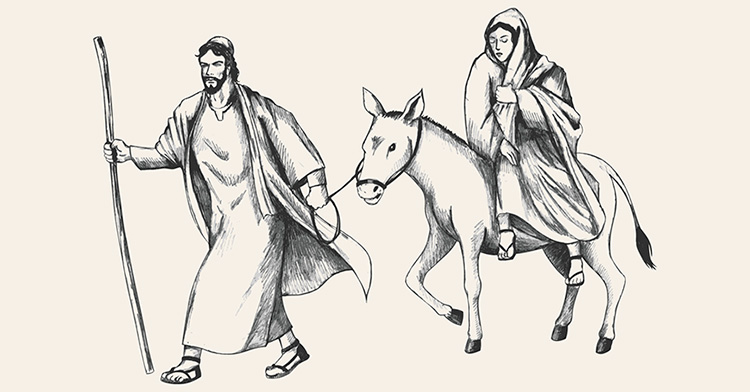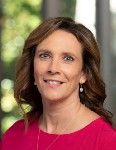No one knows for sure exactly when the St. Olaf Christmas Festival at St. Olaf College became the gold standard for holiday-season musical performances -- specifically, choral celebrations of Advent, Christmas and Epiphany.
Some people contend it was when other colleges started copying the event, putting on their own Christmas festivals. Others argue that it was in 1983, when PBS first broadcast the festival nationwide. But for Anton Armstrong, the festival’s artistic director, the moment of recognition came via a phone call several years ago.
“I got a call from the Mormon Tabernacle Choir,” he said. “I mean -- the Mormon Tabernacle Choir calling us and asking for advice on how to put on a Christmas festival?”
He shook his head as if he’s still having trouble believing it.
Held every year since 1912, the festival is one of the oldest musical Christmas celebrations in the country. Though the performers are students, their skill and artistry have earned the event an international reputation. This year, viewers from 30 countries watched a live stream of the festival’s final performance.
“I would say that makes this a world event,” said Michael Kyle, St. Olaf’s vice president for enrollment and college relations. At least one family came from Europe to witness the festival in person, he said.
With five choirs, performing separately and as a massed ensemble, plus an orchestra, the festival has some 550 participants onstage and another 60 working behind the scenes. That’s about 1 in every 5 students on the 3,000-student campus, located in Northfield, Minnesota, about 40 miles south of Minneapolis.
A St. Olaf alumnus, Armstrong participated in the festival four times as a student and has served as its artistic director for the past 29 years, since returning to the school in 1990 as a professor of music and the conductor of the St. Olaf Choir. Today, he is the Harry R. and Thora H. Tosdal Professor and Chair of Music at St. Olaf.
After all that time, you might think that Armstrong has the template down pat and that leading the festival requires no more than filling in a few blanks. A Scripture reading here, a hymn there -- the planning is done!

Constantly changing
But that’s not how it works. The festival is constantly changing, because the world around it is constantly changing, Armstrong said.
“We ask: What does this campus need to hear?” he said. “What does the wider community, the world, need and want?”
What message does your community and the world need to hear this Christmas?
The festival is a huge draw for alumni, who show up by the thousands for the four presentations, held this year Nov. 29 through Dec. 2. Many come out of a sense of nostalgia -- which challenges Armstrong and the planning committee to balance convention and innovation, the school’s unique Norwegian heritage and a changing world and society.
The task, Armstrong said, is to “celebrate a tradition but still make everyone feel welcome.”
How does your church or organization welcome others while honoring its own traditions?
Part of the Evangelical Lutheran Church in America, St. Olaf College was founded in 1874 by Lutheran Norwegian immigrants. This year, Armstrong’s goal was to acknowledge the first two of those historic elements while focusing on the third -- the immigrant experience.
“We have a different kind of immigrant now,” Armstrong said. While the festival still honors the school’s Lutheran and Norwegian ties, it has long since expanded its musical selections to include music from around the world.
This year’s festival -- the 107th -- included Scandinavian music, together with carols from France, Poland, Nigeria and the United States, including an African-American spiritual and, for the first time, music sung in Arabic.
“All the world needs to be represented,” Armstrong said.
The focus on diversity and the international community fits with the college as a whole, which puts a strong focus on global involvement, Armstrong said.
The school is consistently among the top colleges sending students abroad, with more than 67 percent of the class of 2017 having studied internationally.
“We look at the world in a global context,” Armstrong said.
That, he insisted, is also a tradition.

‘A little, radical church school’
“St. Olaf has always been a little, radical church school,” he said. “It was founded by people who wanted to be prepared for life in the new world.”
Armstrong has witnessed and experienced St. Olaf’s growing diversity firsthand. When he arrived on campus as a student 44 years ago, he was one of the few African-Americans.
“Everything was white,” he said -- and not just the student body. When he first visited, the preceding January, the campus was covered with snow and the cafeteria that day was serving chicken, mashed potatoes and cauliflower.
“Even the food was white!” he said.
Now when he looks around the campus, he sees students and faculty from 79 countries representing a wide cross section of ethnicities.
In what ways does your organization reflect a changing world?
“When I hear colleagues say they don’t feel welcome, that hurts me,” Armstrong said. “I know the battles and have fought them.”
The Christmas Festival is about much more than the music -- though that clearly gets the top billing. Liturgy and theology are equally important to the planning committee.
“The theme of the festival starts with theology and the mood of the country,” said the Rev. Dr. Matthew Marohl, the college’s pastor. “This year we focused on the [country’s] increased divisiveness. Students couldn’t go home for Thanksgiving without a checklist of topics they could discuss.”
Once a theme is selected, Marohl researches and compiles various scriptures that illustrate and convey the chosen message. He also writes an introduction to the program that touches on the festival’s theological content.

‘Good News of Great Joy’
For this year’s program, titled “Good News of Great Joy,” the introduction addressed the good news of binding up the brokenhearted and the joy of easing the load of the burdened.
The festival has become an important part of the college’s image, said John Ferguson, who retired in 2012 as conductor of the St. Olaf Cantorei and professor of organ and church music. Ferguson took part in the festival for 29 years, officially -- and still participates in an unofficial capacity.
“People see us do the festival with the integrity that reflects the integrity of everything we do here,” he said.
What is your organization's image and reputation in the community? What is known for?
In addition to being televised, broadcast on radio and livestreamed, the festival is carried by the armed forces TV and radio networks.
“From having been overseas as a student, I realize how much that connection to home can mean,” Ferguson said.
Obviously, the festival is also important to the students on campus. Not only do a fifth of the students participate in the event; they take part, committing to numerous rehearsals and four performances, at the worst possible time for college students, the weekend before final exams.
Ferguson said he knew that not much studying happens during festival weekend.
“That’s how much the students appreciate the opportunity to do this,” he said.
Later, they come back to the festival as alumni and realize all over again what the festival meant and continues to mean to them.
“When they find us afterward, they don’t know what to say,” Ferguson said. “They realize what an incredible experience they had.”
‘Consistently excellent’
Armstrong said the festival has managed to be consistently excellent over many years for a variety of reasons.
“The first is consistency in leadership,” he said.
The festival has had only four artistic directors in its 107 years -- and the short-timer of those four served for 22 years. The festival’s founder, F. Melius Christiansen, was in charge for 32 years, and Armstrong, after 29 years, is fast closing in.
“I’m going to catch him,” he said with a smile.
The St. Olaf students have also played an important role. “We have always had wonderfully talented and really hardworking kids,” Armstrong said.
A liberal arts college with an emphasis on the arts, St. Olaf attracts young people who are more results-oriented than career-focused, he said.
“Through the arts and music, we create a community that is caring, passionate and intellectual,” he said. “Our students aren’t interested in being the ones who make the most money after they graduate. They want to make a difference.”
Members of the community strive to create a supportive atmosphere on campus.
“It’s a place where issues of faith and values permeate not just the religion department but the entire fabric of the institution,” he said. “One of the reasons I chose St. Olaf [as a student] was because of the values of this place, the love of neighbor.”
Changes in planning and infrastructure
When Armstrong took over the festival, he made a few changes in the infrastructure. For starters, he brought in some new blood to the planning committee, expanding it beyond the music department.
He added the college pastor to ensure that the festival had a basis in liturgy and Scripture. And he invited a representative of the art department to serve as visual designer.

The school’s basketball arena is the only venue on campus large enough to hold the event, and Armstrong figured that getting a designer in on the ground floor could only help. This year, Christie Hawkins, the festival’s visual designer and set production chief, hung large colored banners behind the stage to create the impression of stained-glass windows.
Armstrong also changed the way the festival is planned.
Before, the planning committee would choose the music and then develop an appropriate theme. But Armstrong decided to do the opposite.
“I decided that we’d come up with the theme first and then express it through the music,” he said.
Almost as soon as one festival is over, planning starts for the next one. The first planning meeting for this year’s festival took place last January. In a few weeks, planning for the 2019 festival will begin.

“One reason is that we want things to still be fresh in our minds,” Armstrong said. “We want to go over whatever feedback we got.”
Dealing with the unexpected
But even with a year to plan, the unexpected can happen and things can change. In 2017, the committee jettisoned its original theme after a year that had been filled with racial unrest.
Several unarmed young black men across the nation, including one in Minneapolis, had been shot and killed by police. After a report of a racial incident on campus -- which turned out to be unfounded -- the students held a sit-in that shut down classes for a day. Other colleges in the state were having similar experiences.
“We were living in a mess,” Armstrong said.
The festival planners put together a new program based on social justice. That was also part of this year’s festival, although more subtly.
“Last year’s festival had lots of big [musical] numbers,” Marohl said. “This year, the first third was quite soft -- but not soft in a weak sense. It was kindness and grace coming in sweetness.”
What does your organization do to help people set aside differences?
The power of music to make a difference -- whether at St. Olaf College or in the world -- should not be underestimated, Armstrong said. In fact, he’s convinced that if he could put together a choir from the members of the U.S. Congress, he could dissipate much of the rancor that marks modern politics.
“Choral singing is one of the last few places where people put aside their differences,” he said. “We have a lot of political views up there [in the choir]. We have lots of religious beliefs. But we can put aside what divides us, because when you are doing choral singing, you have to listen to the people around you.
“Music helps us find the common good, find the unison and find the harmony.”
Enjoy this content? Subscribe to our newsletters.
Questions to consider
Questions to consider
- What message does your community and the world need to hear this Christmas?
- How does your church or organization welcome others while honoring its own traditions?
- In what ways does your organization reflect a changing world?
- What is your organization’s image and reputation in the community? What is it known for?
- What does your organization do to help people set aside differences?

